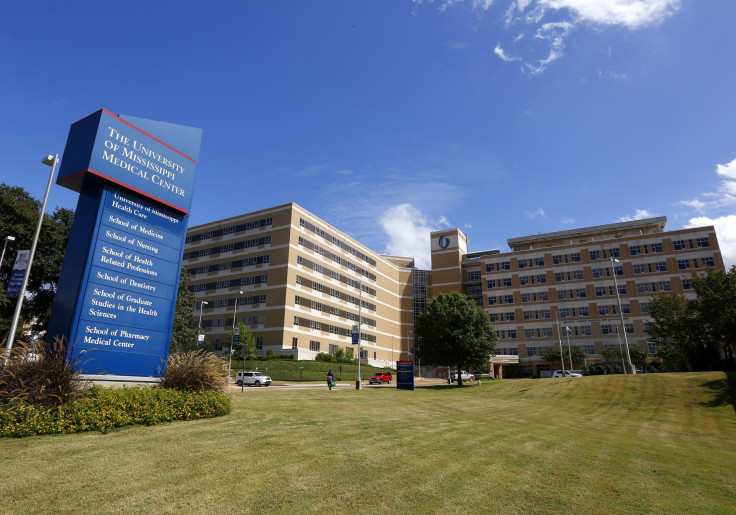7,000 Bodies Of 'Insane Asylum' Patients Buried Under University Of Mississippi

Thousands of bodies were discovered buried on the University of Mississippi Medical Center's campus, spread over some 20 acres of the property. Experts estimated there could be more than 7,000 bodies belonging to patients at a mental health facility formerly located on the grounds, according to a report by the Clarion-Ledger.
The institution, the first of its kind in the state, was built in 1855 and officially dubbed the "Insane Asylum." It changed locations in 1935 when it was moved to the State Hospital at Whitfield, where it remains to this day.
The discovery of the bodies so many years later was made by using an underground radar in an area where officials planned to build.
Officials now need to exhume the bodies but are conflicted about how to best do so. It would cost more than $3,000 per body to hire an outside source for the job, coming to more than $21 million in total. But officials said they would think about handling the entire job in house, for $400,000 a year for at least eight years.
7,000 bodies from mental institution possibly buried on University of Mississippi Medical Center campus https://t.co/jtzarHjzOT pic.twitter.com/FQIceN6EQ2
— New York Daily News (@NYDailyNews) May 7, 2017
In doing so, they would also create a memorial for those who died at the institution, complete with a lab to study anything found on the property, including the bodies. Exhuming the bodies on campus might be able to provide some insight into the lives of those who were housed at the facility through the analysis of thousands of bodies, coffins and other objects.
“It would be a unique resource for Mississippi,” Molly Zuckerman, associate professor in Mississippi State University’s Department of Anthropology and Middle Eastern Cultures. “It would make Mississippi a national center on historical records relating to health in the pre-modern period, particularly those being institutionalized.”
It’s not the first time the University has located bodies buried on the property. While constructing a parking garage in 2014, an estimated 2,000 other coffins were discovered. In 2013, officials found 66 coffins during the construction of a road on campus.
Death would likely have been a common occurrence in a psychiatric institution like the one formerly housed on the campus in the 1900s. At the time, institutionalizing those with mental illnesses was considered an innovative approach in response to deteriorating conditions at public hospitals, according to the Missouri Department of Mental Health. While it was a step up for many patients who would have otherwise been jailed or locked up by their families, more than one in five patients died at the institution between 1855 and 1877.
Anonymous graveyards full of the bodies of patients at similar facilities have been discovered in the past. In 2015, residents in the small town of Eloise, Michigan, discovered an unmarked graveyard sitting nearby what was formerly a mental institution, consisting of up to 3,000 plots. Volunteers began an extensive attempt to identify those who were buried there.
“It’s like letting someone breathe, kind of. Saying, ‘You’re not forgotten,’” said volunteer Stacy Morgan. “Let these people have dignity. They didn’t have anything in life.”

© Copyright IBTimes 2025. All rights reserved.






















